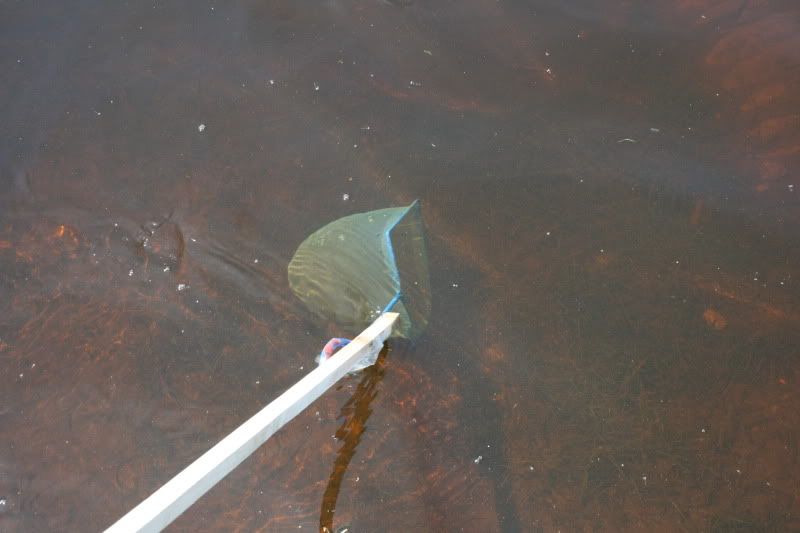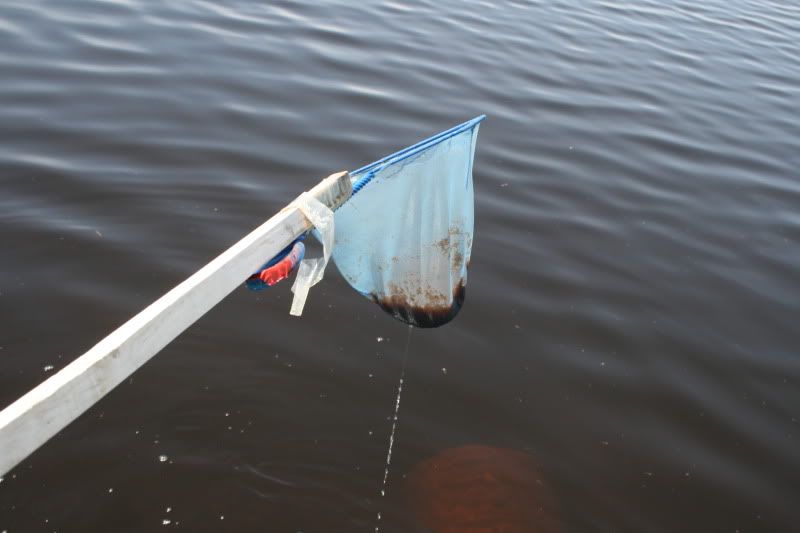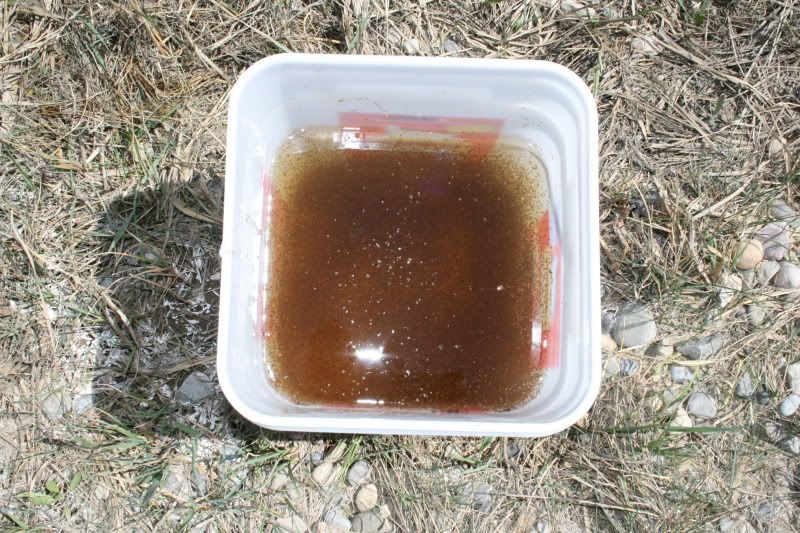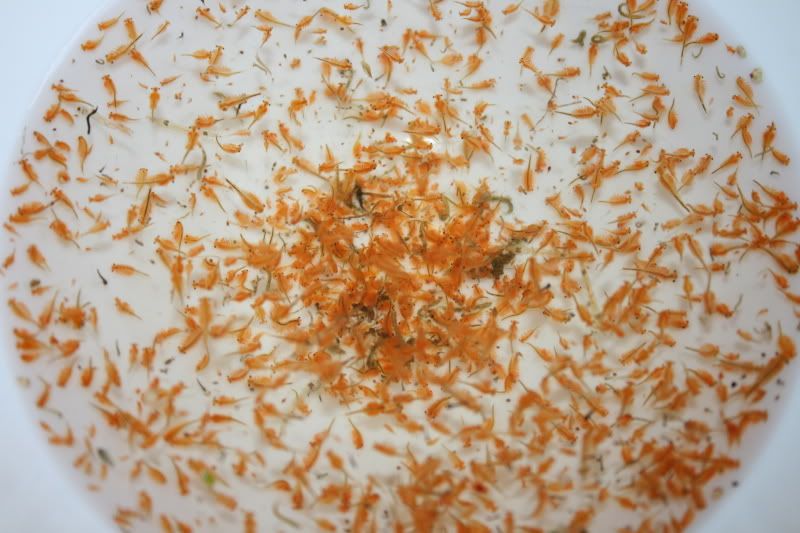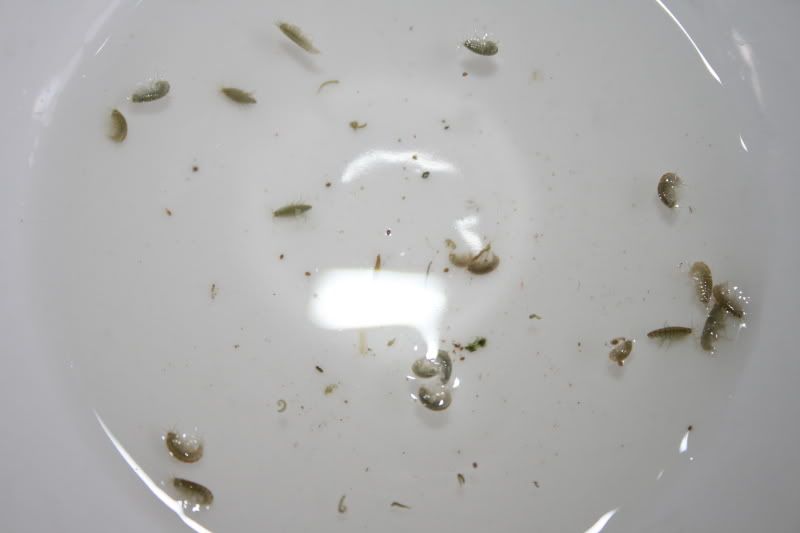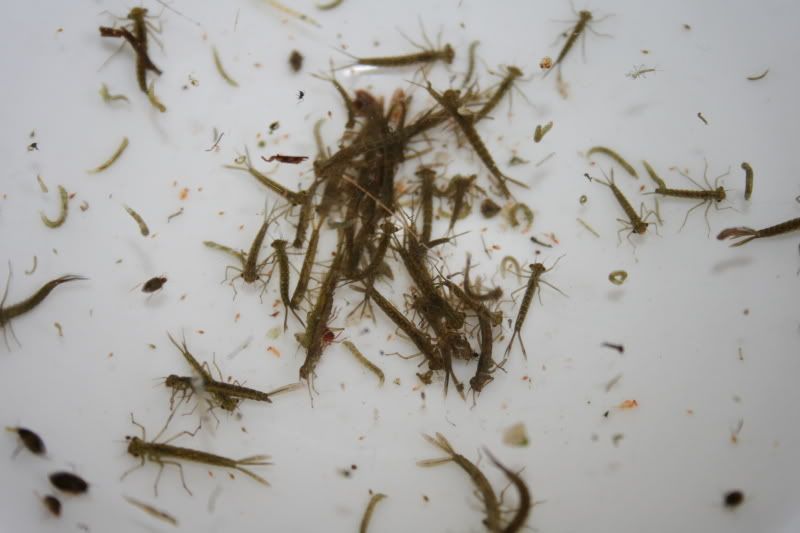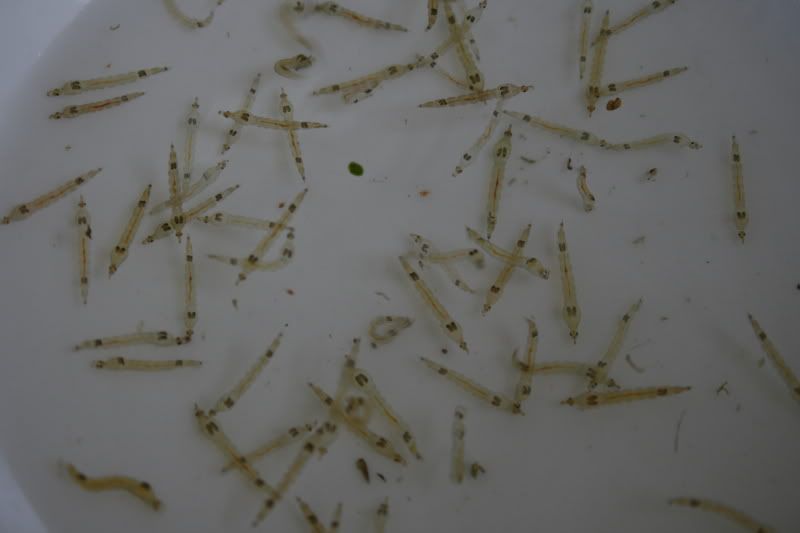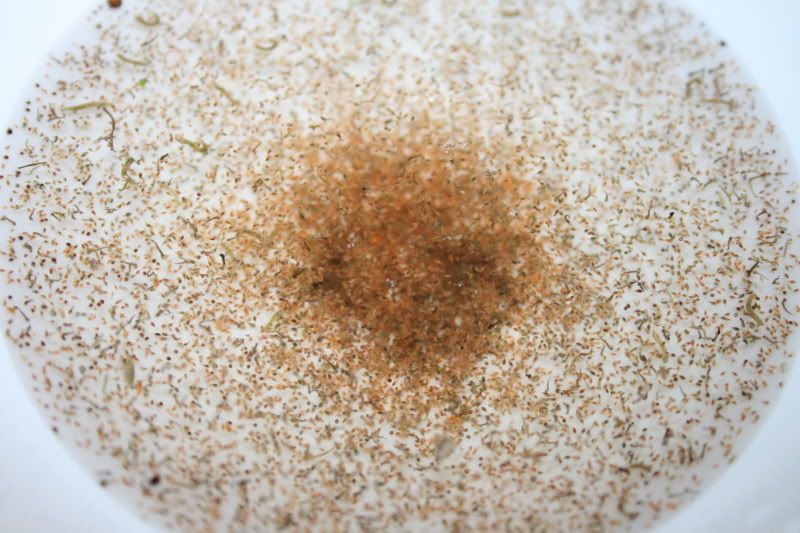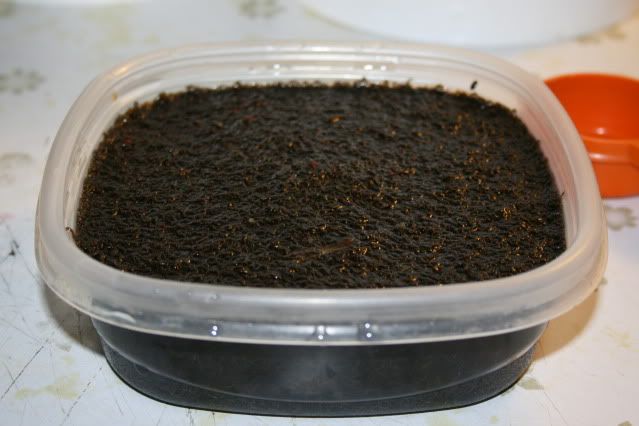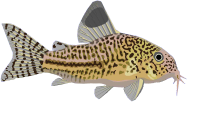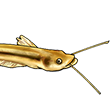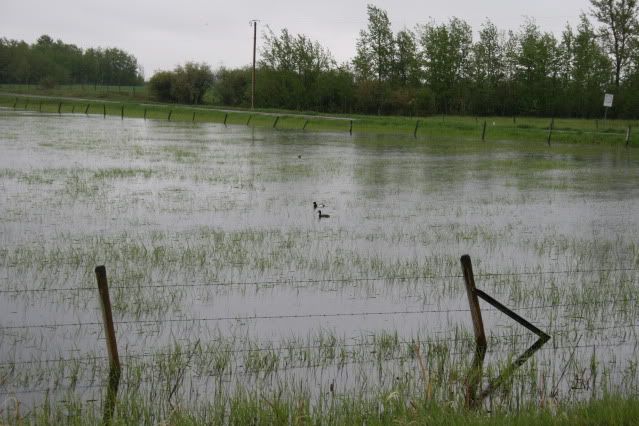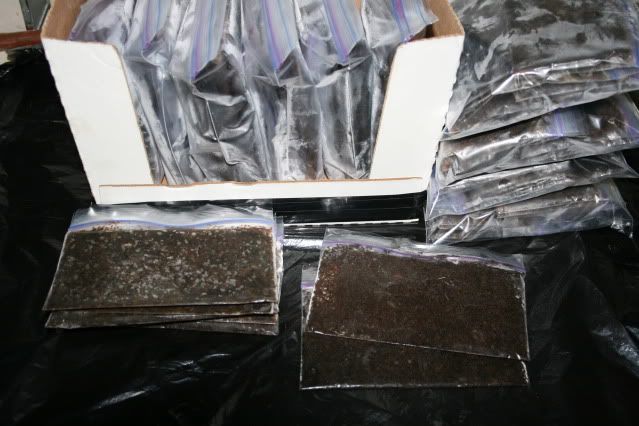Hi all,
You have to remember the context for the "Scud" picture.
It is Fall here now so the irrigation canals have been shut down ... so now is the time to harvest Scuds or River shrimp
These have aggregated together as the water level has fallen and you have ended up with a large amount in the small volume of remaining water. The population grew that large when the entire bed of the canal was covered in water. It is also a seasonal water course, meaning that many of the aquatic organisms and ecosystems you would find in a permanent river or stream are missing.
I'm really surprised nothing has adapted or evolved to take advantage of it.
They are a major component of the diet of fish like Brown Trout (
Salmo trutta) and Miller's Thumb (
Cottus gobio), they are also eaten by birds and mammals like Dippers & Water Shrews, by Dragon-fly nymphs etc.
From Kelly & Dick (2005)"Introduction of the non-indigenous amphipod
Gammarus pulex alters population dynamics and diet of juvenile trout
Salmo trutta"
Freshwater Biology 50:1, pp 127–140.
Summary 1. The amphipod Gammarus pulex, introduced to Irish rivers with the aim of enhancing trout feeding, is displacing the native Gammarus duebeni celticus.....
3. Correspondingly, densities and biomass of 0+ trout were significantly higher in the G. pulex reach......
4. In the G. pulex reach, this invader dominated the diet of 0+ trout, leading to ingestion of significantly higher invertebrate biomass than fish in the other reaches. Fish generally preyed on Gammarus in proportion to its abundance, but exhibited some positive selection for G. pulex in the invaded reach.
Cheers Darrel
